Description
Product Details:
- It has 1 piece of Yellow Flower Gajra
- It’s a Reusable product
- It can be worn on any occasions
- Made with Artificial Flowers
Yellow Flower Gajra: A Blend of Tradition and Beauty
The Yellow Flower Gajra is a vibrant and traditional adornment that holds a special place in South Asian cultures, particularly in India. The gajra, a type of floral hair accessory, is crafted using fresh, fragrant flowers, and is a cherished symbol of grace, beauty, and cultural heritage. The yellow flower gajra, specifically, stands out for its bright and cheerful hue, symbolizing warmth, positivity, and energy.
Historical and Cultural Significance
The gajra has a rich history rooted in the ancient traditions of South Asia. Traditionally worn by women during festivals, weddings, and religious ceremonies, the gajra represents not just aesthetic beauty but also cultural identity and spiritual devotion. In Hindu rituals, flowers play a crucial role, as they are believed to appease the deities and bring good fortune. The yellow flower, in particular, is associated with the deity Vishnu and is often used in worship and celebrations.
The vibrant yellow color of the gajra is symbolic of auspiciousness and joy. It’s a color that evokes feelings of happiness and is often associated with the sun and its life-giving properties. This makes the yellow flower gajra an ideal choice for occasions that celebrate life and positivity, such as weddings, festivals like Holi and Diwali, and other significant cultural events.
Types of Yellow Flowers Used
Several types of yellow flowers are used to create the yellow flower gajra. Each flower brings its unique charm and fragrance to the accessory. Commonly used yellow flowers include:
- Marigold (Tagetes): Known for its bright, golden hue, the marigold is perhaps the most popular flower used in gajras. Its rich color and long-lasting nature make it a favorite for various ceremonies and festivals.
- Chrysanthemum: Another flower often used is the chrysanthemum, which comes in various shades of yellow. Its delicate petals and pleasant fragrance add a touch of elegance to the gajra.
- Jasmine (Chameli): While jasmine is primarily known for its white flowers, certain varieties come in yellow. Jasmine’s strong, sweet scent makes it a cherished addition to any gajra.
- Ixora: This tropical flower, with its bright yellow clusters, is also used in making gajras. Its vibrant appearance and hardy nature make it suitable for long-lasting wear.
Crafting the Yellow Flower Gajra
Creating a yellow flower gajra is a meticulous process that combines artistry with skill. The process typically involves the following steps:
- Selection of Flowers: The first step is selecting fresh, high-quality yellow flowers. The flowers are usually chosen for their vibrancy and fragrance. They must be plucked at the right stage to ensure they last longer when used in the gajra.
- Preparation: The flowers are carefully cleaned and trimmed to remove any unwanted parts. The stems are also trimmed to a suitable length for easy arrangement.
- Stringing: The flowers are then strung together using a fine thread or wire. This is done in a way that ensures the flowers remain securely in place and the gajra maintains its shape.
- Design and Assembly: The stringed flowers are arranged into a circular or semi-circular shape, depending on the design. Additional elements such as decorative beads or small ornaments may be added to enhance the overall appearance.
- Finishing Touches: Once assembled, the gajra is checked for durability and comfort. Adjustments are made as necessary to ensure that it fits well and complements the wearer’s hairstyle.
Wearing the Yellow Flower Gajra
The yellow flower gajra is worn by adorning it around the bun or the braids of the hair. It can also be used to accentuate a traditional hairstyle, adding a touch of elegance and cultural charm. Its vibrant color and delightful fragrance make it a popular choice for both everyday wear and special occasions.
In weddings, the yellow flower gajra adds a festive and joyful element to the bride’s ensemble. It complements traditional bridal wear, such as sarees and lehengas, and enhances the overall aesthetic of the bridal look. During festivals like Diwali, the gajra symbolizes the spirit of celebration and prosperity.
Conclusion
The Yellow Flower Gajra is more than just a decorative accessory; it is a cultural symbol that reflects the rich heritage and traditions of South Asia. Its bright yellow hue and fragrant blooms bring a sense of joy and festivity to any occasion. Whether worn for a wedding, a festival, or a special event, the yellow flower gajra remains a timeless and cherished adornment that celebrates beauty, tradition, and cultural pride.



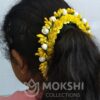
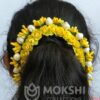

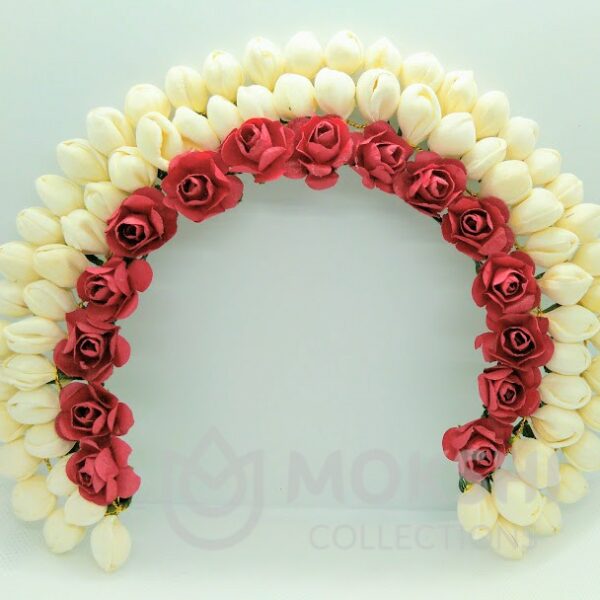
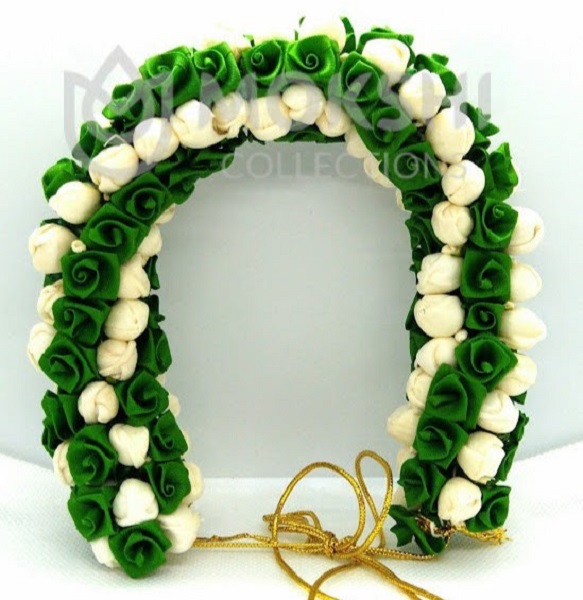
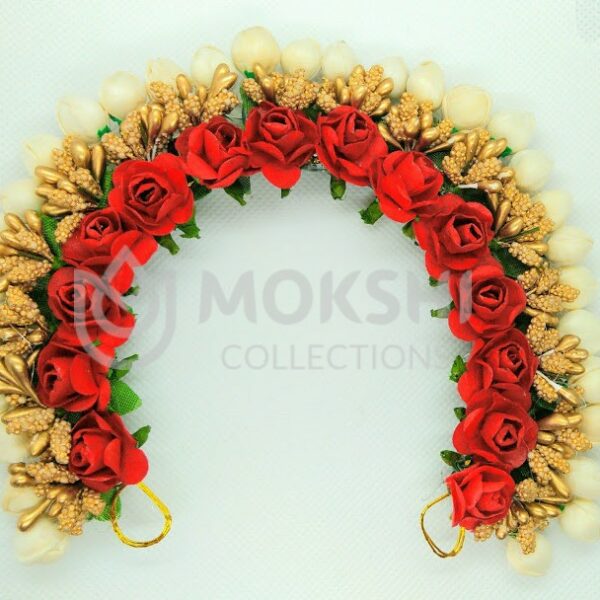
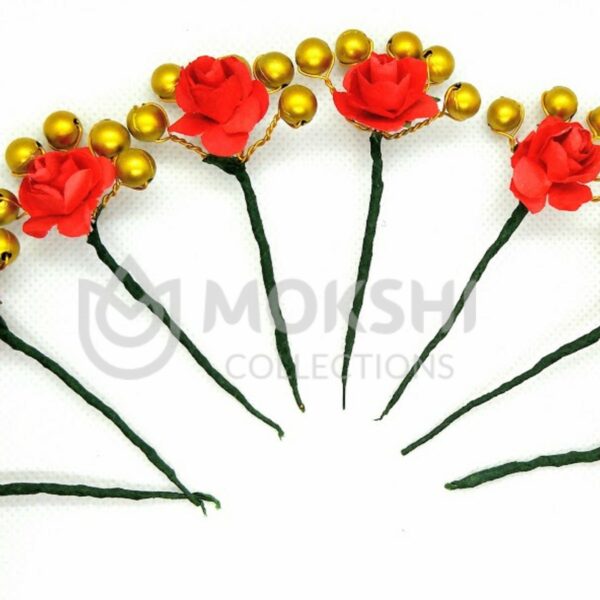
Reviews
There are no reviews yet.